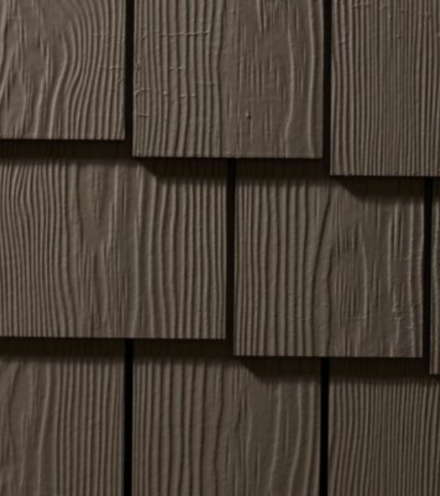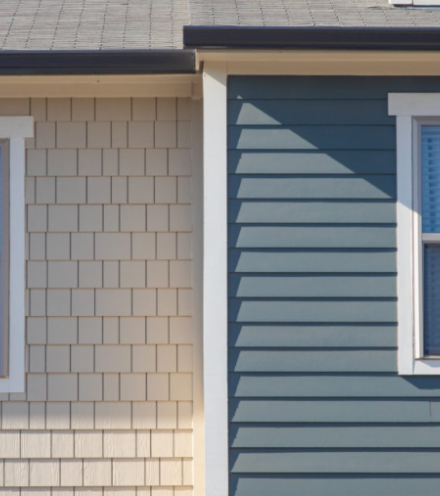Spotting rotted trim around windows can spark alarm in new homeowners, but seasoned builders and property owners know just how common this occurrence is. Since natural wood is highly susceptible to weather damage, trim rot can happen after just a few years of exposure to the elements.
Some homeowners wisely switch to more modern materials that provide better durability and resistance to the weather, while other homeowners remain stubborn when it comes to sticking with wood siding and trim.
Whether you’re considering a switch to a smarter material or you’re simply curious about how common rotted trim around windows can be, it’s a good idea to get to know the root causes of this issue so you can be prepared for it when it happens.
How Common is Rotted Trim Around Windows?

The exterior of the home is important for both functionality (protecting the structure) and aesthetics (ensuring good curb appeal and protecting home value). Rotted trim around the windows can certainly impact both of these things.
Unfortunately, it is very common for wood materials – including siding, trim, soffit and fascia – to rot over time. Wood is a natural material that comes with certain qualities that elevate the risk of deterioration, like the tendency to absorb moisture. Wood also attracts insects, termites, and other pests that can damage the trim.
The good news? You’re not alone in having to deal with rotted trim around the windows of your home. The bad news? You might want to get used to it – or switch to a more durable material.
3 Reasons Why Wood Trim Tends to Rot

There are many environmental factors that can speed up the likelihood of wood trim starting to show signs of rotting. Here are the three primary causes of most trim rot around windows and doors:
1. Excess Moisture
Wood absorbs moisture, and highly saturated wood can weaken in composition and begin to rot. Heavy rainfall, snowfall, and humidity can all be sources of moisture that cause door and window trim to rot. If a window casing tends to pool at the bottom, the risk becomes even greater. Having sufficient ventilation and water runoff systems can help the home’s exterior to dry out quicker and reduce the risk of water damage, but even then – some conditions can make drying off the exterior of the home difficult, meaning excess moisture can still become a problem.
2. Hot, Dry Air
On the other side of the coin, having an environment with extremely dry air can also cause problems for wood window trim. You don’t have to live in a desert to experience dry rotted trim around windows and doors. A stretch of several days with high temps and prolonged sun exposure can cause wood window trim to dry out significantly, running the risk of dry rot.
3. Pests and Critters
Another reason to watch for rotting in wood trim is the tendency of pests and critters to infest the natural wood in an attempt to nest. Termites, carpenter ants, wasps, and other critters can find wood to be quite attractive, leaving holes and other punctured areas in the wood which makes it easier to deteriorate.
How to Fix Rotted Trim Around Windows

Painting wood trim regularly can be a great way to refinish the surface and make it less susceptible to moisture and pests. For natural wood window trim, be prepared to paint it every 3 or 4 years to maintain an attractive appearance and help it stay strong.
Though a routine painting can be a great first step, there’s no foolproof way to avoid rotted trim around windows and doors, simply because wood is always susceptible to damage, no matter how many coats of paint you put on top. Most contractors will recommend surface sanding and painting to address minor damage, while more significant rotting will require a total replacement.
A Rot-Free Alternative: Fiber Cement Trim
Because rotting is such a persistent issue with natural wood window trim, it can be smart to install an alternative material that provides a better defense against the elements. Fiber cement trim is a great choice for replacing rotted trim around windows because it lasts longer, resists rotting, and can capture the same style and aesthetic as wood window trim.
Allura offers a wide selection of fiber cement trim in traditional and modern colors that are easy to match to any siding. Designed to be reversible, with one smooth side and one textured side, Allura’s fiber cement trim ticks both boxes, being aesthetically pleasing and extremely durable.
Skip the worry about when your wood trim will start to rot! Contact Allura today to explore durable fiber cement trim options that can beautify your home.




